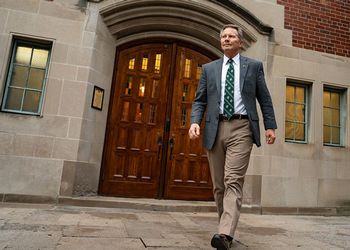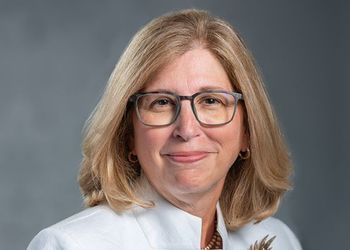Spartan Profiles: Bill Hartman

MUSIC ALIVE
Since Thomas Edison first demonstrated the phonograph, perhaps the greatest advance in true sonic reproduction has been developed by MSU physicist William M. Hartmann, who calls his technique “Local Performance Recording/Reproduction,” or LPR/R.
According to the New York Times, a sense of “magic” prevailed at the fall meeting of the Acoustical Society of America when Hartmann played back Mozart’s quartet in B flat. His recording setup boasted eight digital channels, isolating each instrument with direct sound pick-up microphones to avoid reflected noise.
The playback system used speakers for each instrument, each with unique tweeter-woofer configurations to radiate an accurate sound image. Says the Times, “The result was seven minutes of chamber music in which the audio image of the players was all but palpable, an unachievable feat for (regular stereo).”
Hartmann says his process suits DVD technology because of bandwidth and flexibility. “It will be a few years before (this technique) reaches the marketplace,” says Bill. “It requires new recorded music. You can’t transfer it from CDs.”
A former Rhodes Scholar who specialized in theoretical condensed matter physics, Bill came to MSU in 1968 from Argonne National Laboratory, Chicago. In the mid-1970s, he says, “I developed an interest in acoustics. I felt that the perception and localization of sound was an area in which a physicist could make a big contribution.”
Much of his research is funded by the National Institute of Health and focuses on “how the human brain reacts in the process of sound localization.” Says Bill, “You might even call it a hobby.”



